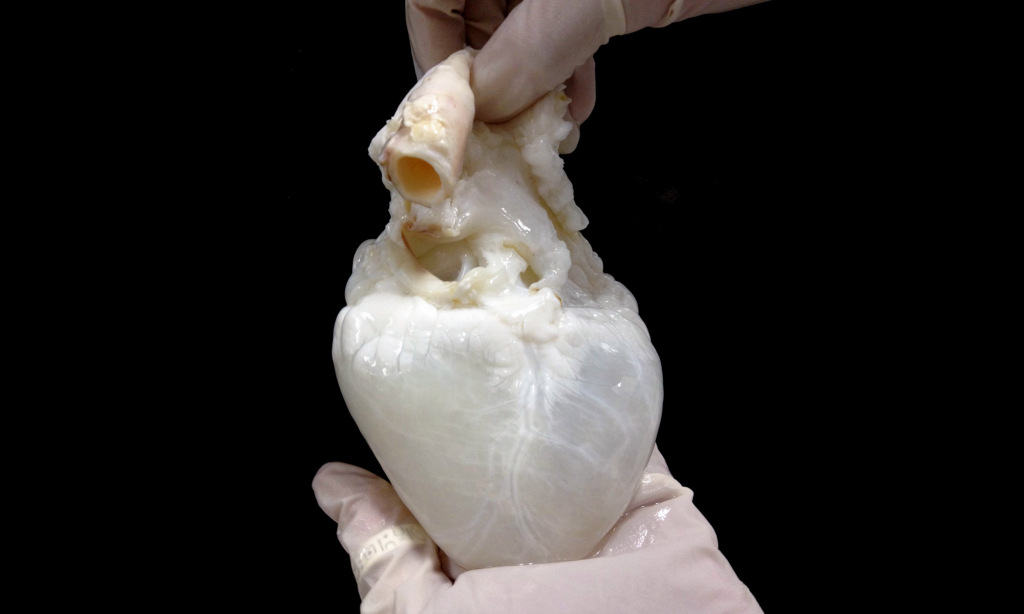Kids & Family, published 2020
"We see it as a family insurance that can also be used by siblings and parents, and not just by the individual child."
Research is ongoing as we face the future and Sweden is at the forefront of research on stem cells. More and more families choose to save these at the birth of their child, as a safety for the future. We have met Anja and Erik to hear what their process looked like.
Anja and Erik are both interested in science and had heard of Cellaviva before their pregnancy.
– “The present research is interesting, I myself have a history of cancer in the family and saw the saving of stem cells as a life insurance that can aid in or cure diseases or help in eventual accidents. As an example, to create skin to cover burns injuries. There is a lot of research in the area of what stem cells can contribute in terms of diabetes, brain damage and autism “, says Anja.
Before the pregnancy, they talked a lot about stem cells and they both found it interesting.
– “We contacted Cellaviva who was very accommodating. Their midwives answered all our questions and we felt very safe”, says Erik.
– “As a becoming mother, you want to be able to sign a contract with ‘the existence’ that nothing terrible can happen to your child. Unfortunately, reality does not look like that and we live in a time where life factors and the environment affect life “, adds Anja.
Anja’s mother died of cancer and the disease present in the family. For her own family she saw the saving of stem cells as a future insurance for the whole family.
– “We see it as a family insurance that could also be used by siblings and parents, and not just by the individual child. “
The process of collecting stem cells was simple. The couple received all the information and what was needed for the collection in a box prior to the birth. The couple brought the “Cellaviva box” to the maternity ward and informed the hospital staff about it. In the Cellaviva service, a midwife can be booked to be present and collect the stem cells. At the birth, it was important for the couple to have the very first moment with the baby.
– “In the beginning we thought much about whether the decision to save the stem cells would affect our first moment with the baby. If there would be more focus on the practical than our first contact with each other. “
Anja describes how they did not even notice the process during the collection. She got their newborn Alice on her breast and as planned they wanted late cord clamping, there was no stress around the collection. The process did not effect the connection with the baby at birth.
– “We really had that first quiet moment with our daughter and I remember it being so beautiful.”
The couple chose to save both blood from the umbilical cord and umbilical cord tissue, that is, both mesenchymal and hematopoietic stem cells.
– “Of course, we hope that we will never have to use the stored stem cells. But if someone in the family gets ill, they can benefit from it and that feels truly safe”, says Anja.
How have others reacted to your decision to save stem cells?
– “Many people do not know about stem cells and that there is a medical reason to store them. When we share our story, most people react positively. There are many who do not know that you can chose to store them yourself and that it is an active decision that have to be made before the birth. “
The future will show what the research has to offer, and how we may use the stem cells in the future.
-“40 years ago, IVF was performed for the first time in Sweden. Which in itself is a kind of stem cell transplant. Today IVF is considered quite standard. Think about what we will be able to do in 40 years “, concludes Anja.
Feel free to read the article in its entirety here, page 22-23: Kids & Family



